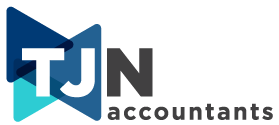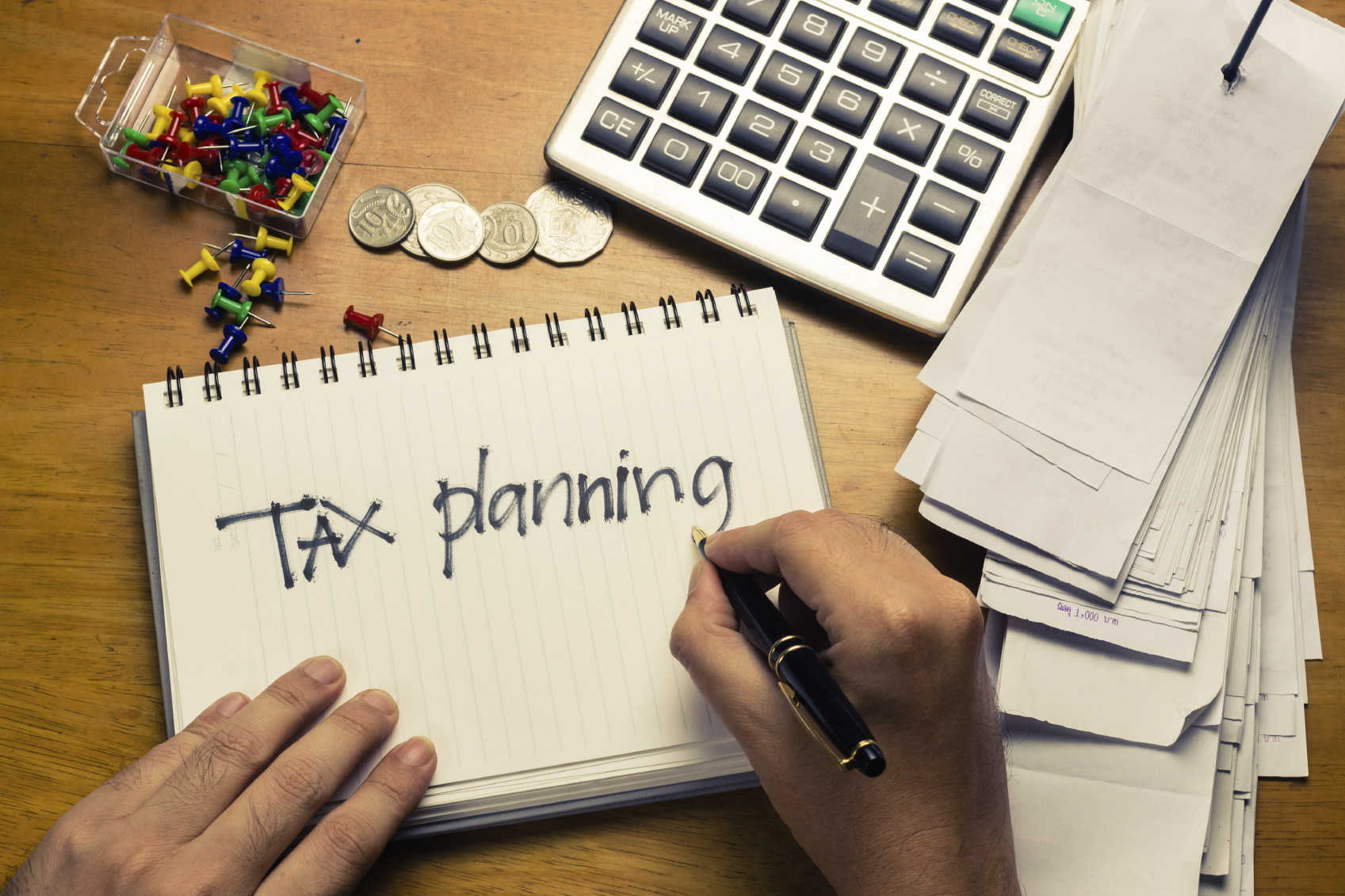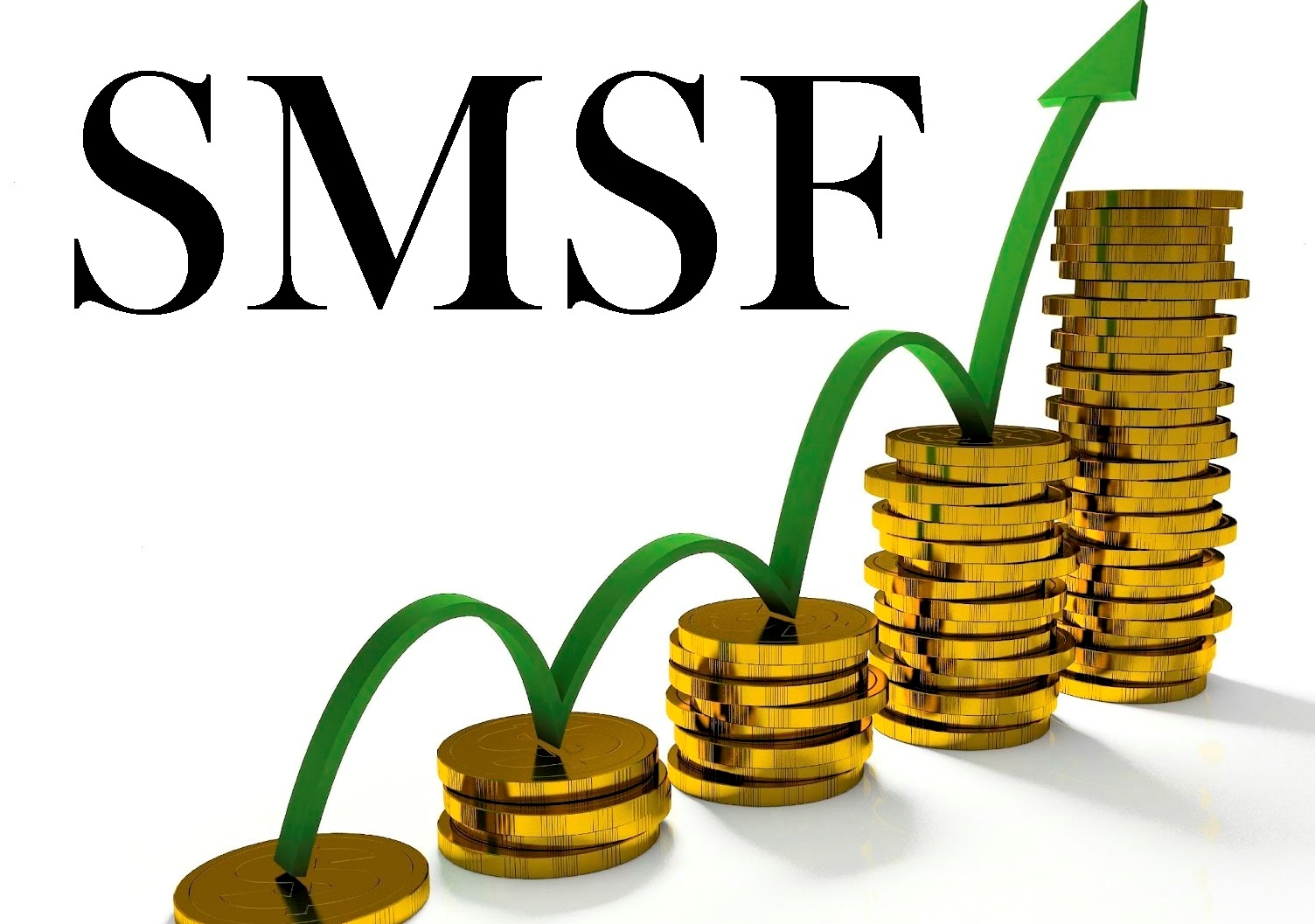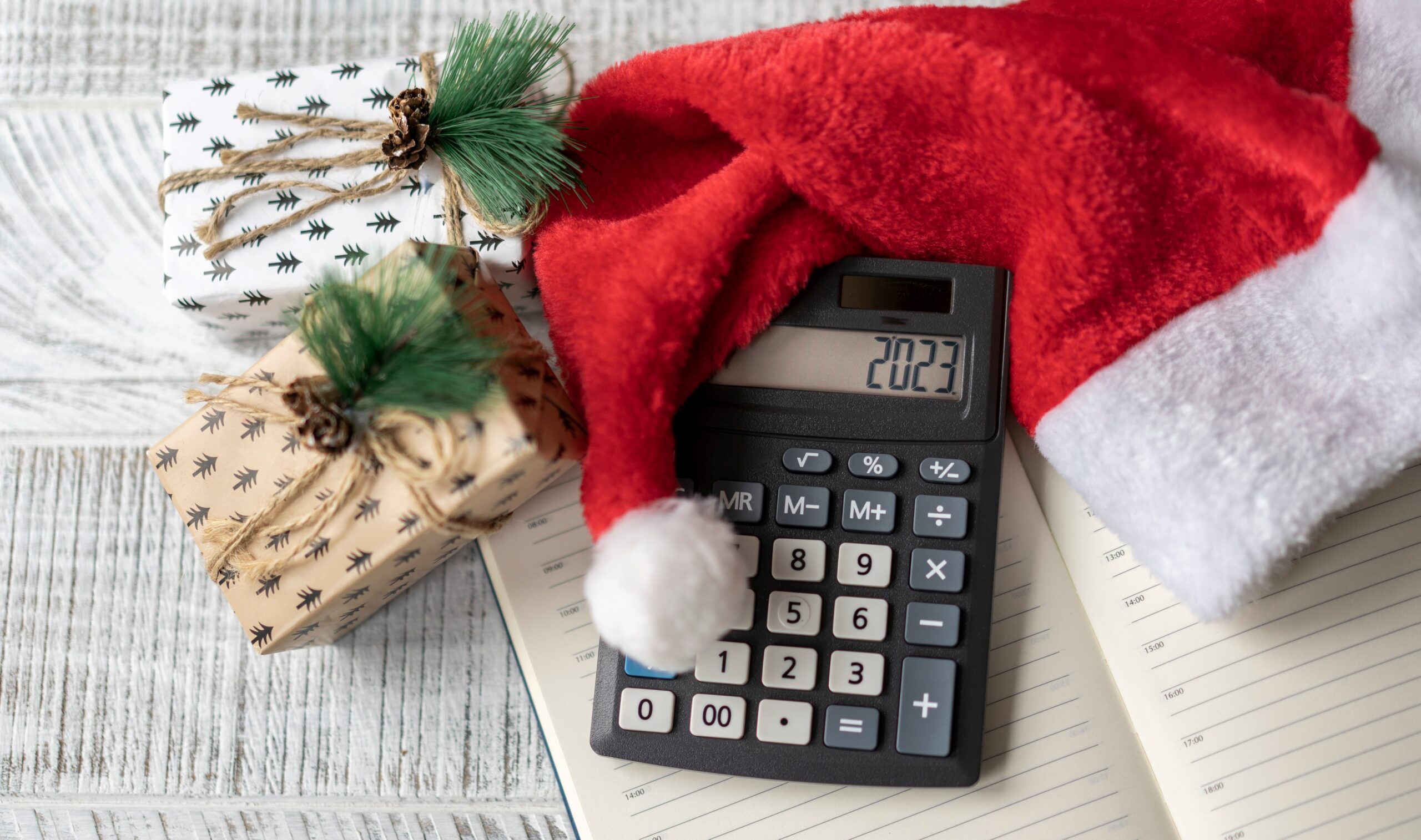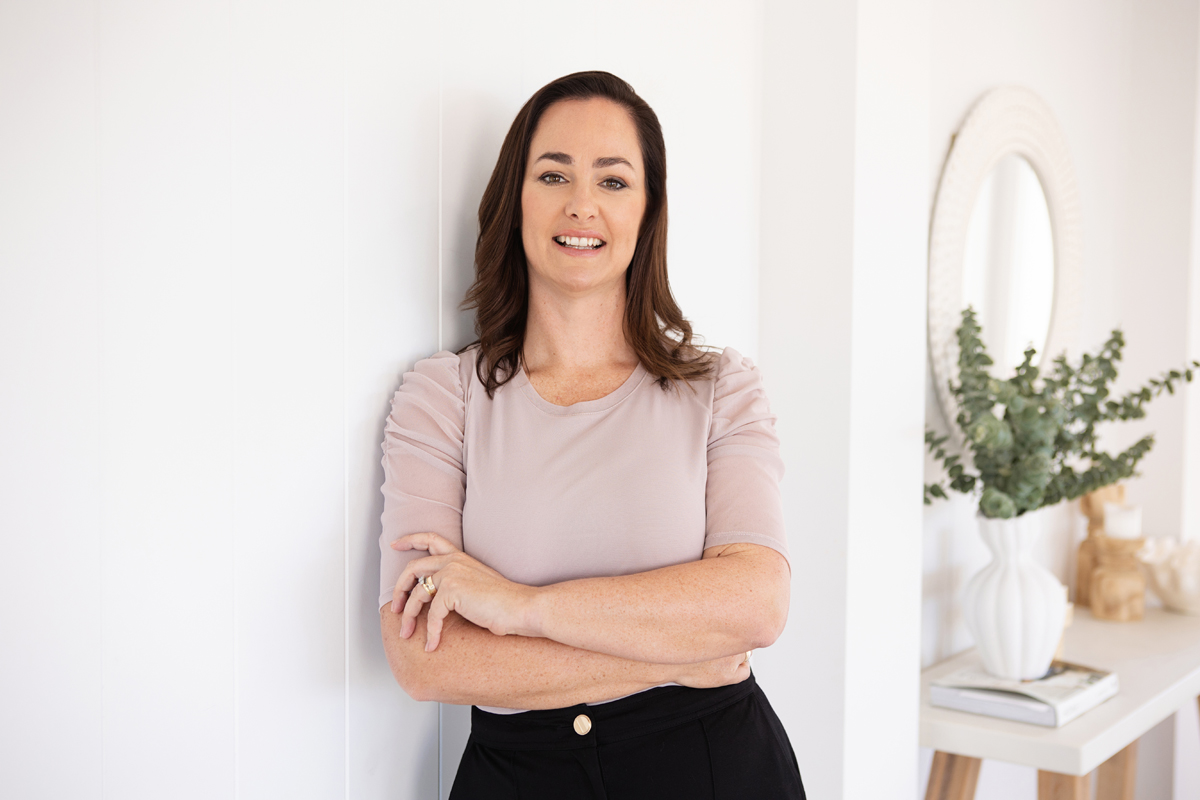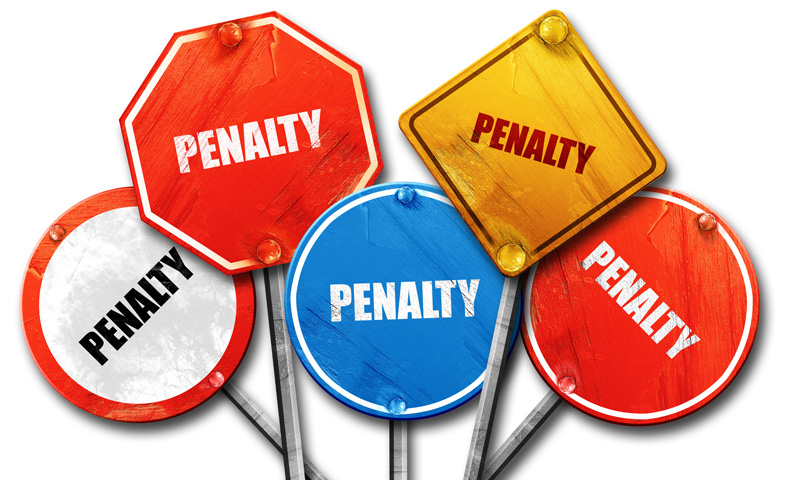Property Sales
Do you need a tax clearance certificate?
From 1 July 2016, purchasers of residential property were required to withhold 10% of the purchase price where the property cost was more than $2 million (this changed to 12.5% and $750,000 from 1 July 2017). The ultimate goal of the withholding regime was to have tax withheld for the anticipated capital gain for foreign vendors. However, under the legislation all sellers are deemed to be foreign vendors. Australian residents could only avoid the withholding obligation by obtaining a clearance certificate from the ATO and providing it to the purchaser.
Recently, the Government announced that from 1 July 2025, it would increase the withholding rate to 15% and reduce the threshold for withholding to $0. As such (provided the relevant legislation is passed for these changes), from 1 July 2025, all Australian resident vendors of property will be required to obtain a clearance certificate to provide to the purchaser. Failure to do so will result in 15% of the sales proceeds being withheld by the purchaser and remitted to the ATO.
DISCLAIMER: The information in this article is general in nature and is not a substitute for professional advice. Accordingly, neither TJN Accountants nor any member or employee of TJN Accountants accepts any responsibility for any loss, however caused, as a result of reliance on this general information. We recommend that our formal advice be sought before acting in any of the areas. The article is issued as a helpful guide to clients and for their private information. Therefore it should be regarded as confidential and not be made available to any person without our consent.

Jeanette has over 20 years experience as an accountant in public practice. She is a Chartered Accountant, registered tax agent and accredited SMSF Association advisor. When she is not helping business owners grow their empires, you will likely find her out running on the trails or at the gym. Book in to see Jeanette today.
